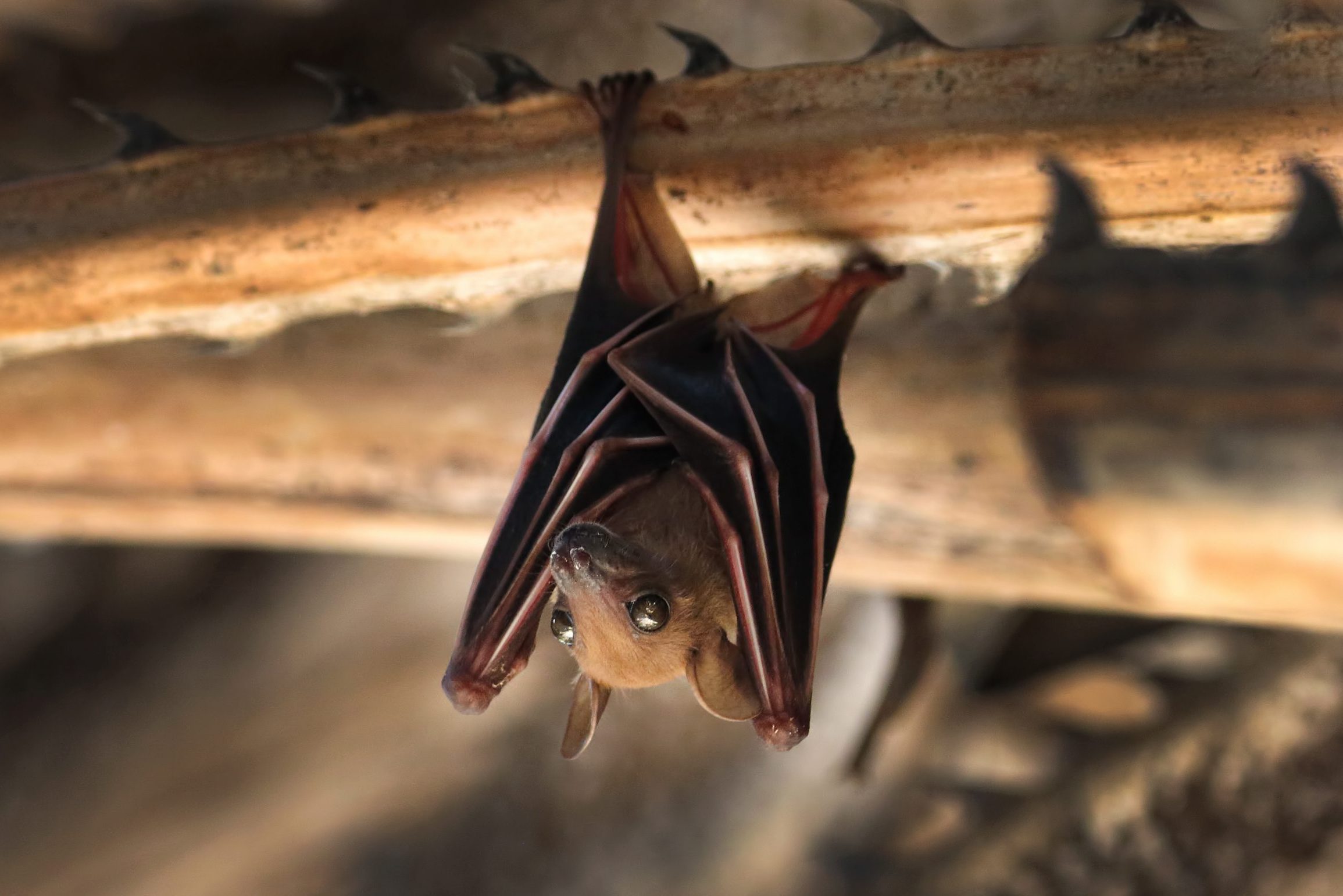You want bats in your neighborhood for mosquito control. But if you don't want them in your home, a bat exclusion may not be the best choice.

What Is a Bat Exclusion and Do You Need One?

Each night as the sun sets in my yard, I particularly enjoy watching bats emerge, darting around and eating mosquitos and other harmful insects. Besides limiting the population of those biting pests, bats keep your garden healthy while playing a pivotal role in the ecosystem.
Thanks to our growing understanding of bats and their benefits, we should celebrate them, not fear them.
“The public perception of bats has come a long way,” says John Griffin, senior director of Urban Wildlife Programs with The Humane Society of the United States (HSUS). “We’re developing an awareness of their important ecological role, but misperceptions still exist about them and what to do when an encounter occurs.”
Sometimes those encounters come really close to home, like when they set up a colony in our attics. When that happens, our first instinct is to get rid of them as fast as possible. But removal techniques (aka bat exclusions) done poorly often kill bat pups, leading to bat declines, according to Addison McCool, executive director of Bat World Sanctuary.
“Sometimes people aren’t aware of this, and sometimes bad pest control companies just don’t care,” he says.
Here’s what to know about bat exclusions, and how to turn an inconvenience into a benefit for your property and the neighborhood. (Spoiler alert: Install a bat house!)
On This Page
What Is a Bat Exclusion?
A bat exclusion is a system used to remove roosting bats from a home. It’s usually done by inserting a temporary one-way tube that allows bats to exit your home but not re-enter. Exclusions also involve sealing all holes and cracks in your eaves, louvers and chimneys with netting.
You can affordably DIY a bat exclusion. However, successfully evicting bats can be a challenge, so often homeowners hire a professional who understands bat behavior like bat rabies and local and federal protection laws. That can cost a few hundred to a few thousand dollars.
Who Needs a Bat Exclusion?
Not everyone. Exclusions are usually only needed if bats are roosting where they can get into human living quarters, or if they’re leaving guano (poop) in areas they shouldn’t. Also, find out if bats spread rabies.
“Because of their small size and quiet habits, when bats do find their way into attic spaces, their seasonal presence, whether raising young or just loafing, can often go unnoticed for years,” says Griffin.
Before deciding if you need a bat exclusion, see if they’ve formed a colony in your home or are just roosting for the night.
Roosting bats are usually resting and digesting between feedings, temporarily choosing open structures like carports, open umbrellas, sheds, gazebos and louvered window shutters. Colonies, however, often take root in late spring when bats seek warm spaces for nurseries.
A bat foraging near your exterior lights may accidentally enter the house through an open window or door. “You might first see one flying around a room, landing on curtains or furniture and then taking flight again,” says Griffin. “This is not cause for alarm.”
If a bat enters your home:
- Remain calm and keep pets and children away.
- Stand near a wall because the bat will tend to fly in a U-shaped path, higher near the walls and lower in the center of the room.
- Close interior doors and give the bat a way to get outside.
- If the bat doesn’t exit on its own, wait until it lands to try to catch it. Follow these more detailed instructions from the Humane Society.
- Never attempt to catch a bat with your bare hands.
- Call animal control if the bat bit you, a family member or a pet.
Bat Exclusion Best Practices
If you have a problematic bat colony in your house, do your homework before calling a removal service. “There are a lot of pest control companies out there that are not properly trained in humane exclusions, and sometimes not even licensed, that undertake these jobs,” says McCool.
Bat Conservation International maintains a list of professionals who evict bats humanely. Your state wildlife agency may also be a resource. Beyond that, here’s what to know:
Seasonal timing is key
Early autumn is the best time for bat exclusions. Do not evict bats from May through early September, when they’re raising young.
“When pups are present in the roost, they are not yet able to fly, and an exclusion will only remove the adults,” says McCool. “The building will then be sealed, leaving mass numbers of baby bats to die.”
If you find hibernating bats during the winter, wait until spring to do an exclusion, when the bats can fend for themselves.
Don’t immediately seal entrances
Don’t simply seal up all openings one night, because not all bats leave every night. Use one-way exclusion tubes and leave them up for at least a week to make sure all the bats get out. Also, watch the outside of your house in the evening to make sure they haven’t found another way inside.
“Botched exclusions are not only lethal to bats but dangerous for people,” says McCool. “When bats become trapped in a space, they begin searching for other ways to get out, and sometimes end up in people’s living spaces.”
Install a bat house
Turn your bat problem into a perk. As Griffin says, “Many homeowners who recognize the value of having bats at work for local insect control will put up a bat house to help support them in the area, hoping the bats will find and use it or occupy it on return the next spring.”
And if you’re a gardener, here’s another reason to keep bats around: If handled correctly, their guano makes great fertilizer.




















